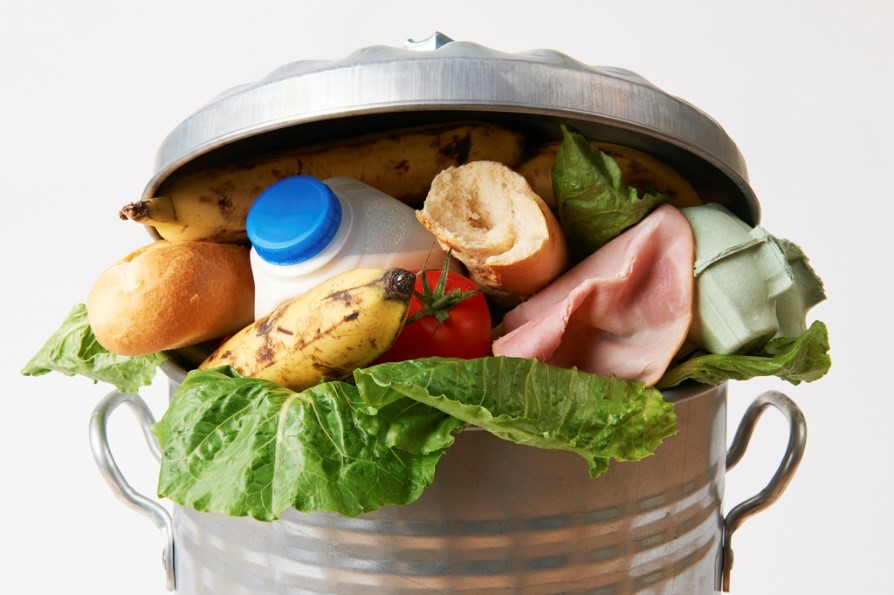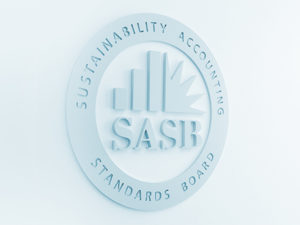Restaurants that reduce food waste can see a high return on investment.

If food waste was a country, it would be the third largest emitter of greenhouse gases globally, behind only the U.S. and China. Approximately one third of food produced is never eaten, at a cost of $1 trillion, which has significant consequences for society, the environment, and economic growth.
One might imagine that this level of inefficiency mainly occurs in developing countries with poor infrastructure and unpredictable weather, but surprisingly, the U.S. leads the world in food waste. New research suggests that half of all U.S. produce is thrown away. For the average American family of four, the cost of wasted food is $1600 per year. Meanwhile, one in eight American households is food insecure, meaning that at some point during the year they struggle to get enough to eat.
Produce may be thrown away in fields, warehouses, packaging and distribution facilities, grocery stores, restaurants, or refrigerators– and one of the main culprits is Americans’ unrealistic cosmetic standards. In stores, consumers often choose to not buy fruits or vegetables with minor blemishes, or irregular shapes or colours. But if the freshness and quality are unaffected, this presents a tremendous opportunity for restaurants.
Data across 700 companies in food manufacturing, food retail, hospitality, and food services in 17 countries found that 99% of sites saw a positive return on investment in preventing food waste, with a median benefit-cost ratio of 14:1 (i.e., for every dollar spent to prevent waste, the site recognised $14 in avoided costs). Of all the sectors considered, restaurants saw some of the highest returns. Not surprisingly, the industry is paying attention. Key examples:
- McDonalds, Yum! Brands, and dozens of other restaurants have joined the U.S. Environmental Protection Agency’s Food Recovery Challenge, pledging to recycle 50% of in-restaurant waste by 2020.
- Chipotle has composted over 1 million pounds of waste into healthy soil and diverted over 14 tonnes of compost from landfills.
- The National Restaurant Association has taken a leadership role in a cross-industry effort to reduce food waste.
However, despite the proven financial benefits, disclosure to investors on this issue is often inadequate. SASB analysis of the annual securities filings for the top ten restaurant companies by revenue found that only one company provides related metrics in its 10-Ks. Six companies do not mention food waste at all, while the remaining three companies provide qualitative disclosures that acknowledge the potential materiality of food waste but lack decision-useful information for analysts to understand how the company is managing the issue.
By selling imperfect produce, reducing waste management costs, developing new products, and avoiding the cost of food not sold, restaurants that reduce food waste may see significant benefits to their bottom line. Investors need better disclosure so they can identify which companies are truly “farm to fork” leaders.
Sonya Hetrick is SASB’s Services sector analyst.
